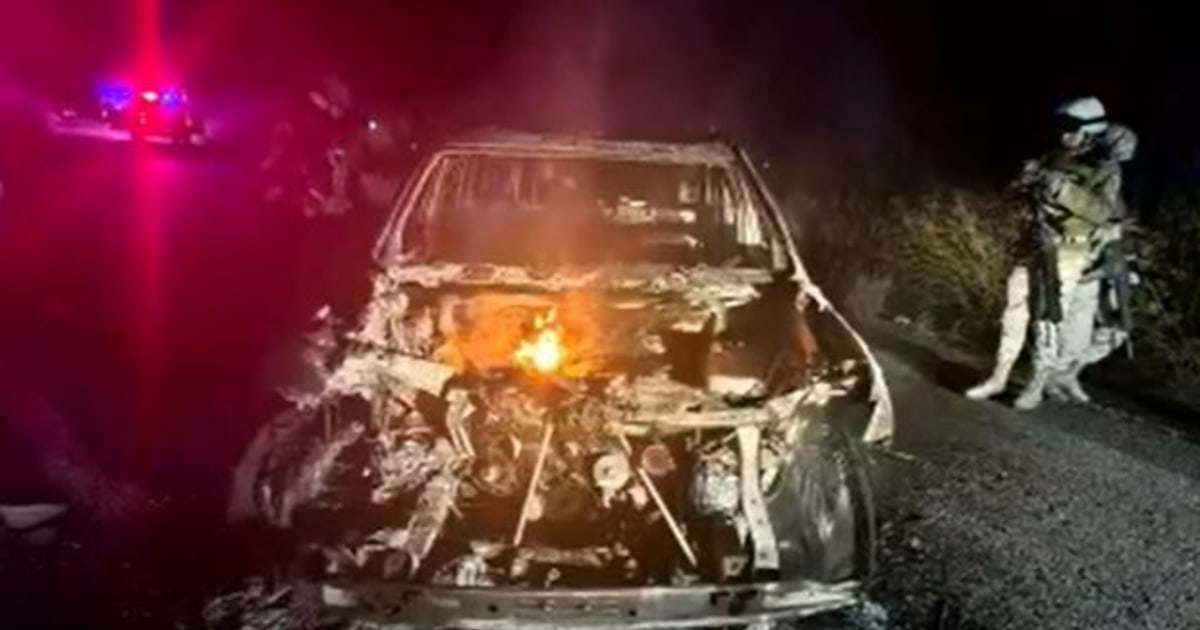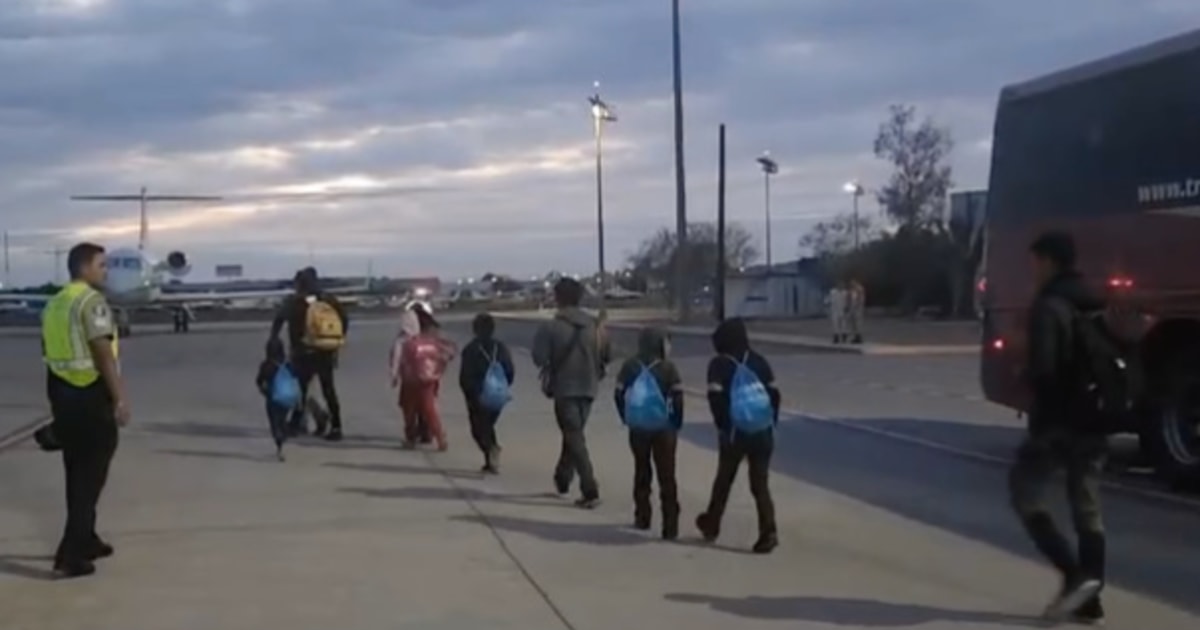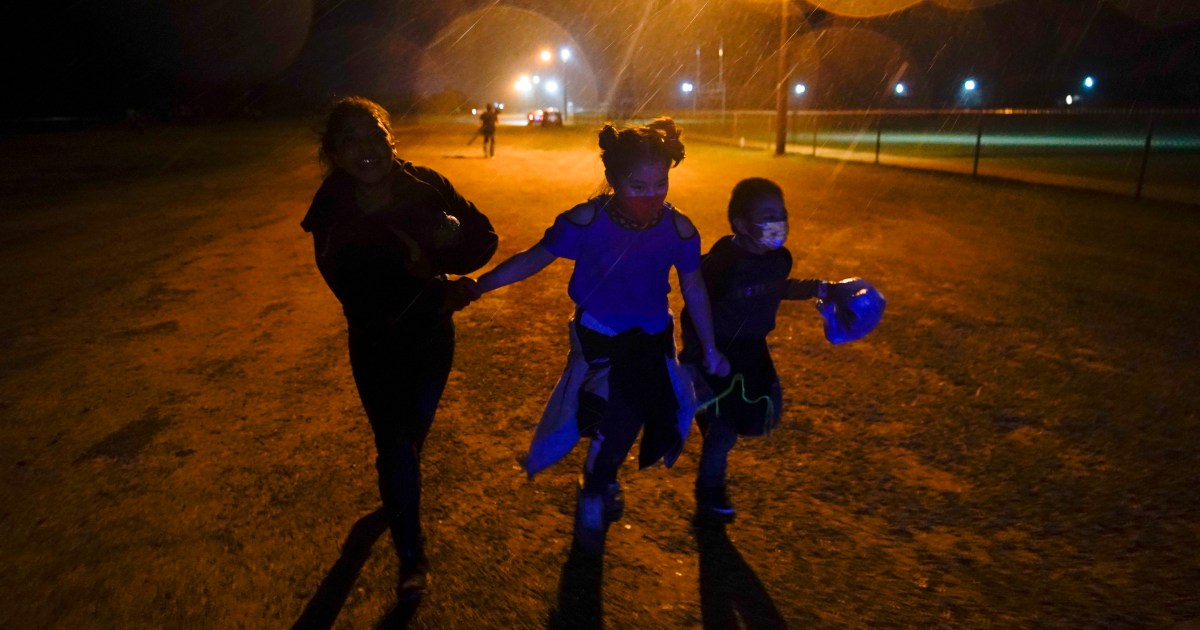The bodies of nine people, five women and four men, were identified among the 19 bodies that were found burned on January 22 in Camargo, a Tamaulipas municipality, the state prosecutor's office reported Saturday night.
The Tamaulipas Attorney General's Office (FGT) said in a statement that, after the work of the forensic team, "it was possible to corroborate nine more genetic profiles, these being of Guatemalan nationality."
The
names of the victims identified
so far thanks to genetic profiling studies by the authorities are:
Madalyn E. "G"
Rubelsy E. "T"
Santa C. "G"
Paola D. "Z"
Dora A. "L"
Anderson M. "P"
Iván G. "P"
Osmar N. "M"
Bramdon D. "G"
In total,
16 people
have been identified so far
:
two Mexicans
and
14 Guatemalans.
Germán and María Tomás pose holding a photo of their grandson Iván Gudiel, at his home in Comitancillo, Guatemala, on Wednesday, January 27, 2021.
"Of the remaining three, two are waiting for the complementary information on the genetic profiles of the relatives to be sent for proper processing, and in the remainder, relatives are expected to provide DNA samples for their confrontation," added the prosecution.
On January 22, an anonymous call alerted Tamaulipas authorities to two
abandoned and burned trucks
on a road in the municipality of Camargo, where the 19 burned bodies were.
["I wanted a better life." This is how 13 Central American migrants were shot and burned in Mexican drug territory]
Of the two vehicles found, one of them, a Toyota pickup, Sequoia model, 2008, had
113 gunshot wounds,
while the other, a Chevrolet, Silverado, pickup, cab and a half, had none.
The Toyota truck was claimed from the crime scene by Jesús M., the Mexican from Nuevo León whose body was identified a few days ago by the prosecution.
From that day it was suspected that most of the victims were
migrants from the communities of Comitancillos and San Marcos, Guatemala,
according to authorities in the Central American country.
Their families warned from the beginning that their loved ones could be among the deceased, as they had lost contact with the group around January 21.
In addition, the trafficker who was guiding them had contacted some of them and indicated that they were dead.
What is known for now is that
several of the victims were very young and wanted to come to the United States to escape extreme poverty.
At least four were minors.
Last Tuesday, 12 agents of the State Police were captured for their probable participation in the multiple crime, although it was not specified if the policemen perpetrated the murder or covered up those responsible.
In addition, eight officials from the National Migration Institute (INM) were removed from office and are being investigated in the case.
[A small village in Guatemala mourns the massacre of 13 migrants in Tamaulipas, Mexico]
The state prosecutor's office indicated that the investigations into this case continue, as well as the work to obtain DNA, which is being carried out in coordination and support with Guatemalan authorities and specialists from the National Search Commission of the Federal Government.
The authorities maintain the line of investigation that points to
organized crime and human trafficking as the cause of this massacre,
which has been compared to that of San Fernando in 2010, in which 72 migrants were killed in the same region.
Camargo is an area that for years has been marked by bloody turf wars between the remnants of the Gulf cartel and the former Los Zetas cartel.
With information from Efe and AP.


/cloudfront-eu-central-1.images.arcpublishing.com/prisa/PFCASL26NJGBTAP7F55QP67V3I.jpg)












